Blogs & News
We are focus on automotive wiring harness & connectors technology.
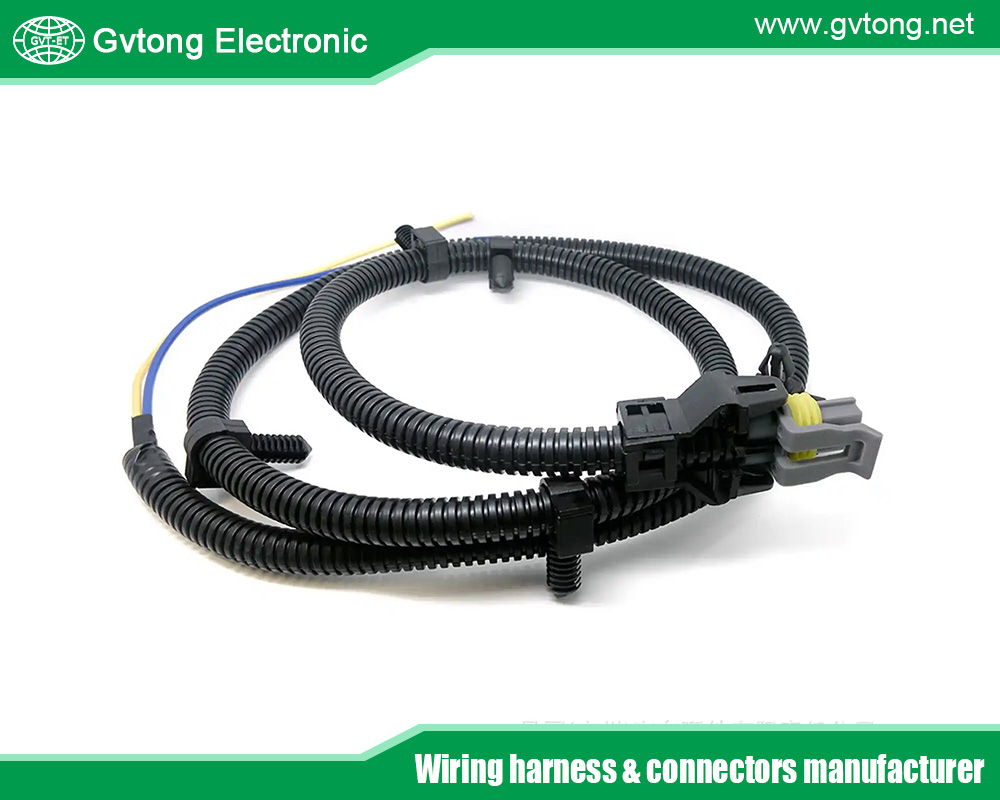
Understanding the Entire Field of Electrical Connectors
- Gvtong Electronic
- 4-wire electrical connectors, Anti-vibration automotive connectors, Automated assembly connectors, Automotive electrical connectors, Automotive electrical connectors types, automotive electrical connectors waterproof, Automotive shielded connectors, automotive waterproof connectors, Blind-mate automotive connectors, Cost-effective automotive connectors, electrical connectors, electrical connectors and circuits, electrical connectors factory, electrical connectors supplier, EV charging connectors, heavy duty waterproof electrical connectors, High-speed data connectors, High-temperature resistant connectors, incompatible electrical connectors, incompatible electrical connectors manufacturer, Lightweight automotive connectors, Low-contact resistance connectors, Modular automotive connectors, Multi-variation connectors, Oil-resistant automotive connectors
- No Comments
Understanding the Entire Field of Electrical Connectors
Electrical connectors are the unsung heroes of modern technology, enabling seamless communication and power transfer in everything from smartphones to spacecraft. These critical components link circuits, ensuring reliable transmission of electrical signals or power between devices, systems, or subsystems. With applications spanning consumer electronics, automotive, aerospace, telecommunications, and industrial automation, understanding electrical connectors is essential for engineers, designers, and tech enthusiasts alike.
This article offers a comprehensive overview of the field of electrical connectors, exploring their types, designs, applications, materials, standards, and emerging trends. By the end, you’ll have a clear understanding of how connectors work, why they matter, and what the future holds for this dynamic industry. Whether you’re a professional selecting connectors for a project or simply curious about the technology behind your devices, this guide breaks down the complexities of electrical connectors into digestible insights.
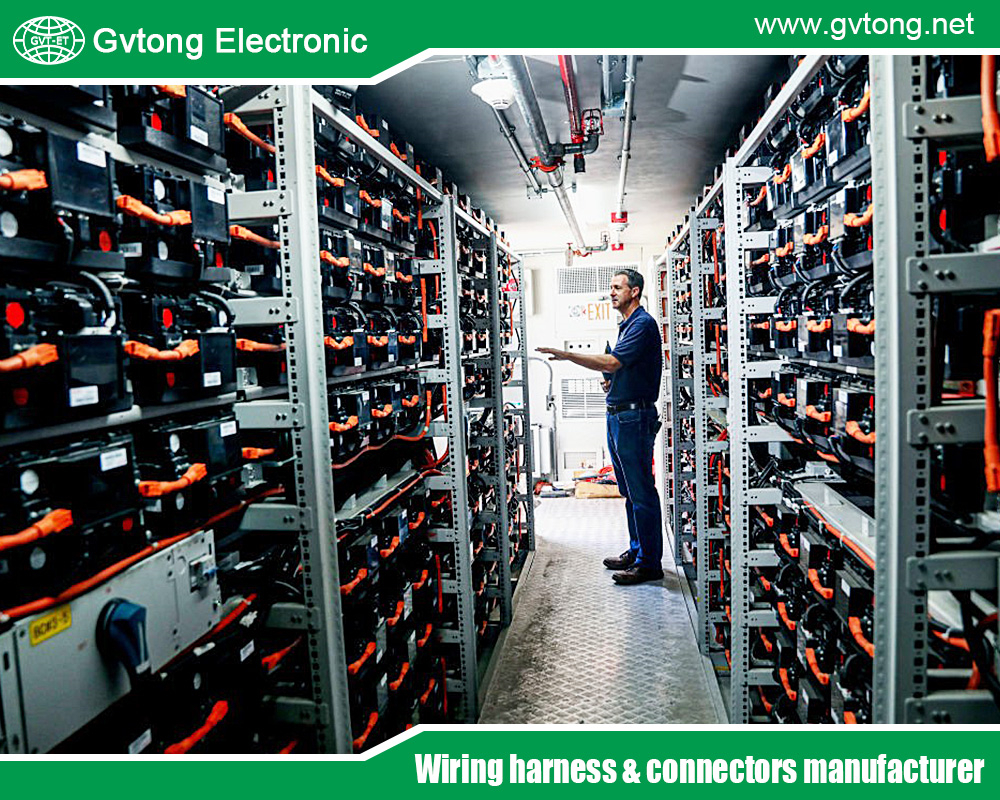
What Are Electrical Connectors?
An electrical connector is a device that joins electrical circuits to enable the transfer of power, signals, or data. Unlike permanent connections like soldering, connectors allow for easy assembly, disassembly, and maintenance. They consist of a male component (plug) and a female component (socket or receptacle), which mate to form a secure electrical and mechanical connection.
Connectors are designed to meet specific electrical, mechanical, and environmental requirements. Key performance factors include:
- Current and Voltage Rating: Determines the power a connector can handle.
- Contact Resistance: Lower resistance ensures efficient signal or power transfer.
- Durability: Measured by mating cycles (how many times a connector can be plugged/unplugged).
- Environmental Resistance: Protection against moisture, dust, vibration, or extreme temperatures.
Connectors vary in size, shape, and complexity, from tiny micro-USB connectors in smartphones to robust industrial connectors in heavy machinery. Their design balances functionality, reliability, and cost, making them indispensable in modern electronics.
Types of Electrical Connectors
The diversity of electrical connectors reflects their wide-ranging applications. Here’s a breakdown of the major types:
- Terminal Blocks
Terminal blocks connect individual wires without splicing. Common in industrial control panels, they allow secure, organized connections for power distribution. Types include screw terminals, spring-clamp terminals, and barrier strips.
- Circular Connectors
These connectors, with their round shape, are rugged and used in harsh environments like aerospace, military, and industrial settings. Examples include MIL-SPEC connectors (e.g., MIL-DTL-38999) and M12 connectors for sensor applications.
- Rectangular Connectors
Rectangular connectors, like D-Sub or USB connectors, are versatile and used in computers, telecommunications, and consumer electronics. They support multiple pins for complex signal transmission.
- RF Connectors
Radio frequency (RF) connectors, such as BNC, SMA, or N-type, are designed for high-frequency signals in applications like antennas, broadcasting, and wireless communication. They minimize signal loss and impedance mismatch.
- Power Connectors
Power connectors, like barrel connectors or Molex Mini-Fit, deliver high current for devices like laptops or industrial equipment. They prioritize low resistance and secure locking mechanisms.
- Modular Connectors
Modular connectors, such as RJ45 (Ethernet) or RJ11 (telephone), are standardized for easy interconnection in networking and telecommunications.
- Board-to-Board and Wire-to-Board Connectors
These connect printed circuit boards (PCBs) or wires to PCBs. Examples include pin headers, FFC/FPC connectors, and mezzanine connectors used in compact electronics.
- Specialty Connectors
These include fiber-optic connectors (e.g., LC, SC), automotive connectors (e.g., Deutsch connectors), and medical-grade connectors designed for biocompatibility and sterilization.
Each type is tailored to specific needs, with variations in pin count, locking mechanisms (e.g., bayonet, screw, or latch), and shielding for electromagnetic interference (EMI) protection.
Key Design Considerations
Designing or selecting an electrical connector involves balancing multiple factors:
- Electrical Performance: Connectors must handle the required current, voltage, and signal frequency without degradation. For example, high-speed data connectors like USB-C require precise impedance control.
- Mechanical Durability: Connectors in high-vibration environments (e.g., automotive or aerospace) need robust locking mechanisms and high mating cycle ratings (e.g., 10,000 cycles for USB-C).
- Environmental Protection: Standards like IP67 or IP68 ensure connectors resist water, dust, or extreme temperatures. Sealed connectors are critical for outdoor or marine applications.
- Size and Form Factor: Miniaturization is key in consumer electronics, leading to compact connectors like Micro-USB or board-to-board mezzanine connectors.
- Materials: Contacts are typically made of copper alloys (e.g., brass or phosphor bronze) with gold or tin plating for corrosion resistance. Housings use plastics (e.g., PBT) or metals for durability.
- Ease of Use: Push-pull or magnetic connectors simplify mating, while color-coding or keying prevents incorrect connections.
Engineers must also consider cost, manufacturability, and compliance with standards like RoHS (Restriction of Hazardous Substances) or UL certification.
Applications of Electrical Connectors
Electrical connectors are ubiquitous across industries:
- Consumer Electronics: USB, HDMI, and Lightning connectors power and connect smartphones, laptops, and gaming consoles.
- Automotive: Connectors like FAKRA or Deutsch enable communication in vehicle systems, including infotainment, sensors, and EV battery management.
- Aerospace and Defense: MIL-SPEC connectors ensure reliability in avionics, satellites, and military equipment under extreme conditions.
- Industrial Automation: M12 and M8 connectors link sensors, actuators, and controllers in factories, supporting Industry 4.0.
- Telecommunications: RJ45 and fiber-optic connectors form the backbone of internet and phone networks.
- Medical Devices: Biocompatible connectors in pacemakers or imaging equipment meet stringent safety and sterilization requirements.
- Renewable Energy: Connectors in solar panels and wind turbines handle high currents and resist environmental stress.
Each application demands connectors tailored to specific performance, safety, and regulatory needs.
Standards and Certifications
Standards ensure connector reliability and interoperability. Key standards include:
- IEC Standards: Define connector specifications, like IEC 60603 for modular connectors.
- MIL-SPEC: Military standards (e.g., MIL-DTL-5015) ensure connectors meet defense requirements.
- IP Ratings: Indicate protection against ingress (e.g., IP68 for waterproof connectors).
- UL and CSA: Certify safety for North American markets.
- ISO/TS 16949: Governs automotive connector quality.
Compliance with these standards ensures connectors perform reliably and safely across applications.
Emerging Trends and Innovations
The connector industry is evolving rapidly to meet new technological demands:
- Miniaturization: As devices shrink, connectors like USB4 or micro-coaxial designs deliver high performance in smaller footprints.
- High-Speed Data: Connectors supporting 400 Gbps (e.g., QSFP-DD for data centers) cater to 5G, AI, and cloud computing.
- Sustainability: Eco-friendly materials and recyclable designs align with global environmental goals.
- Smart Connectors: Embedded sensors in connectors monitor performance, enabling predictive maintenance in industrial systems.
- Wireless Charging Connectors: Magnetic or inductive connectors simplify power delivery in consumer and automotive applications.
- Ruggedization: Connectors for autonomous vehicles and IoT devices are designed for harsher environments and higher reliability.
These innovations reflect the industry’s response to trends like IoT, electric vehicles, and renewable energy.
Challenges in the Connector Industry
Despite advancements, the connector industry faces challenges:
- Compatibility: Ensuring new connectors work with legacy systems.
- Cost vs. Performance: Balancing high-quality materials with cost constraints.
- Counterfeiting: Fake connectors can compromise safety and performance.
- Supply Chain Issues: Global shortages of materials like semiconductors affect connector production.
- Environmental Regulations: Compliance with RoHS and REACH requires constant adaptation.
Addressing these challenges requires innovation, robust quality control, and collaboration across the supply chain.
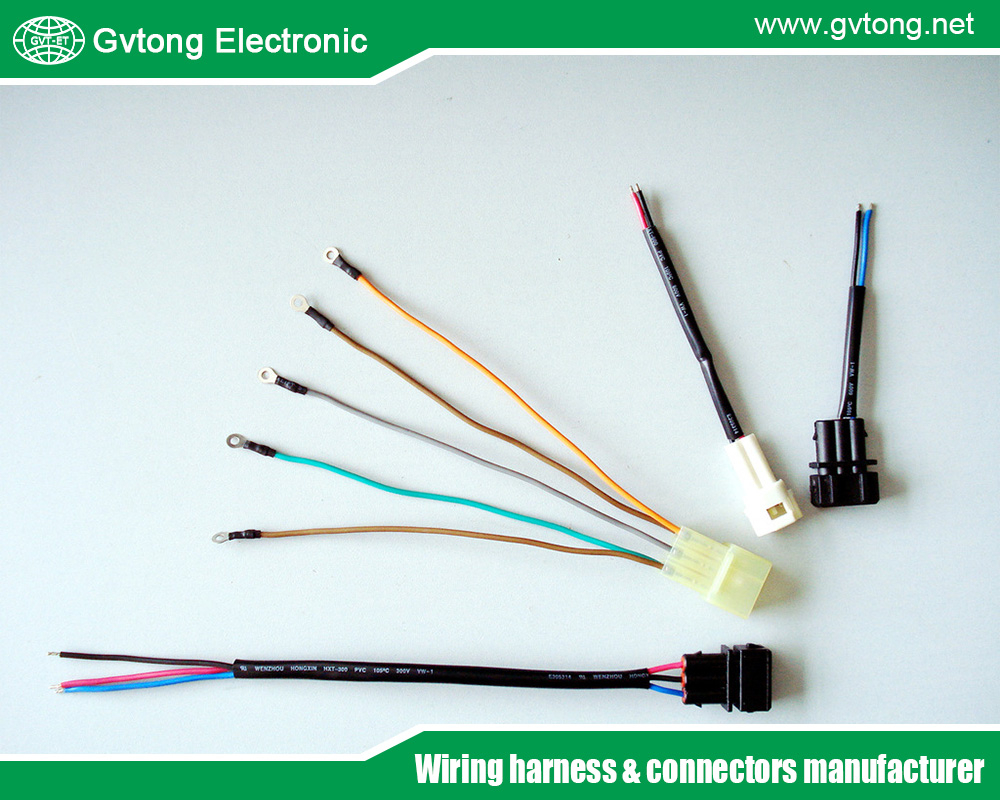
Conclusion
Electrical connectors are the backbone of modern technology, enabling everything from everyday gadgets to mission-critical systems. By understanding their types, design considerations, applications, and emerging trends, you can appreciate their role in shaping the connected world. Whether you’re selecting a connector for a project or exploring the field, the key is balancing performance, durability, and cost while staying ahead of technological and regulatory changes. As industries like AI, 5G, and renewable energy grow, connectors will continue to evolve, becoming smaller, smarter, and more sustainable. This article provides a foundation to navigate the complex yet fascinating world of electrical connectors, empowering you to make informed decisions or simply marvel at the engineering behind the devices you use daily.
For more about understanding the entire field of electrical connectors, you can pay a visit to Gvtong at https://www.gvtong.net/ for more info.
Recent Posts
The Best GR Series-Circular Connectors Manufacturer
The Best GD Series Combined Power Connector Manufacturer
A Guide to Selecting the Best GH Series Plastic Connector Manufacturer
How High Pressure Connectors Work?
The Best Automotive Connector Companies
Tags
Recommended Products
-
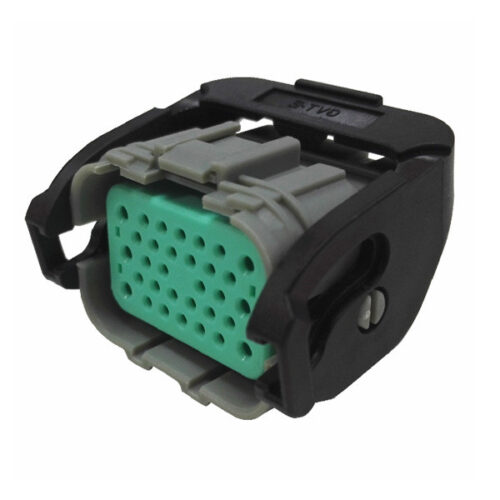
GE Series-32-core rectangular connector
-
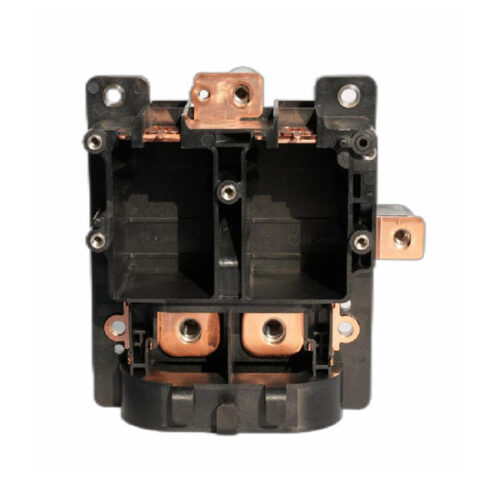
Filter copper bar assembly
-
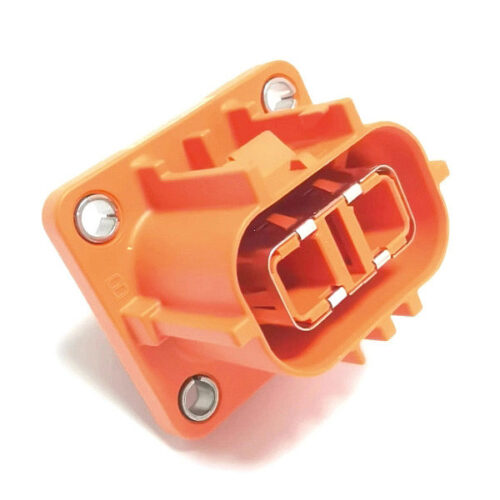
High voltage connector (2 cores)
-

GM Series – Positive and negative junction box – inclined port
-
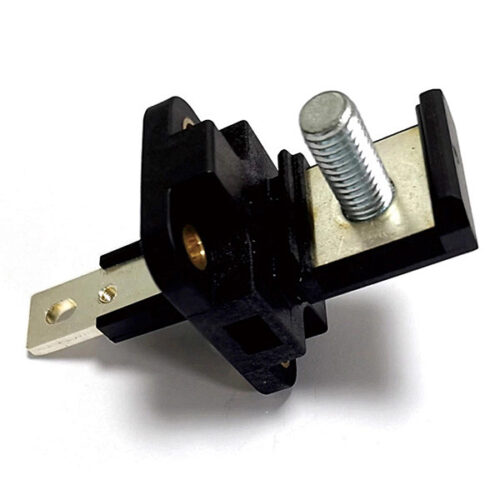
DCDC wall-through terminal
-
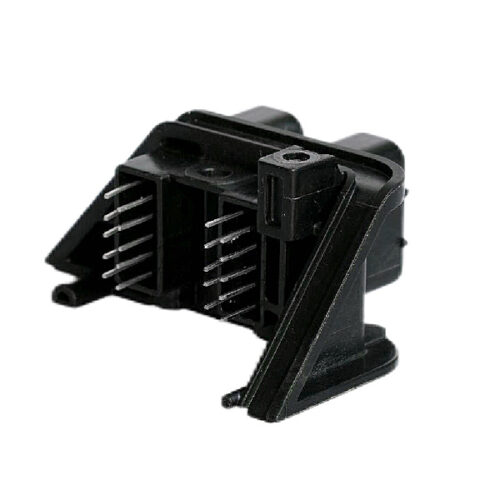
GE Series-20PIN Right Angle Connector Socket
-
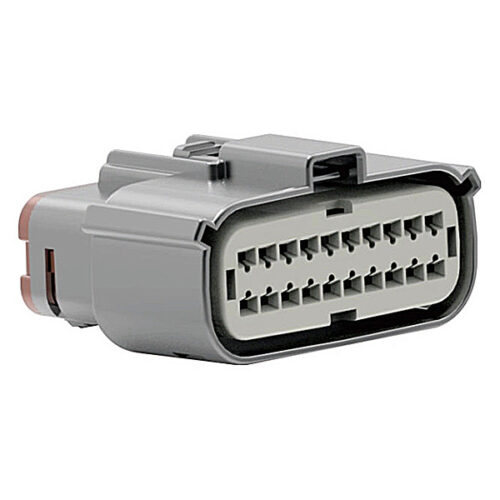
Low voltage connector-20PIN socket + plug
-
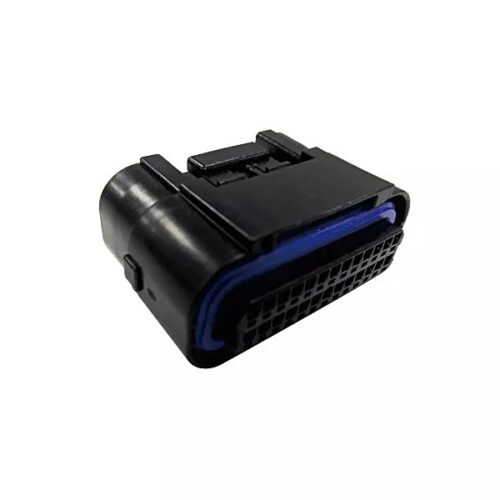
Signal connector – waterproof, double row, 34/40 core
